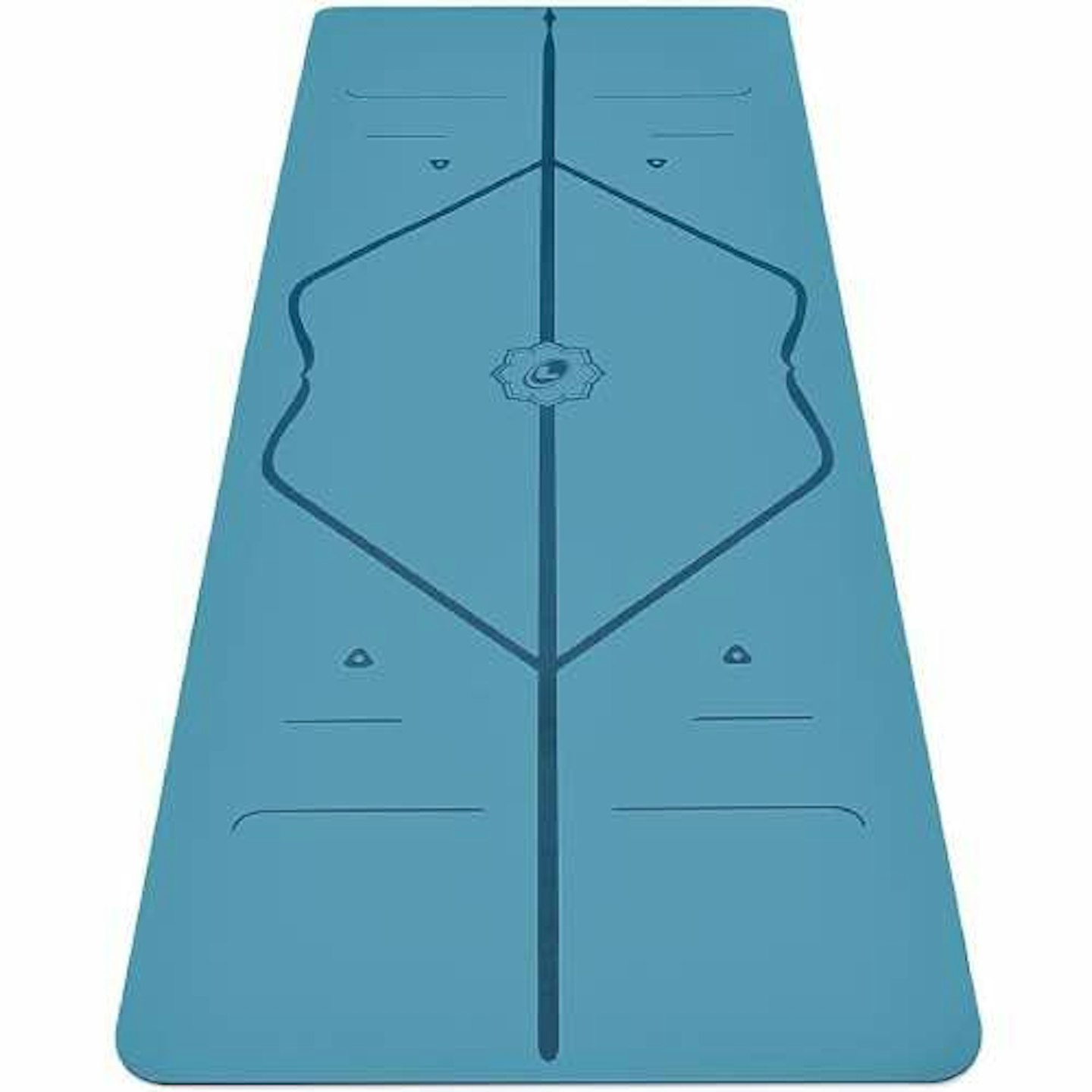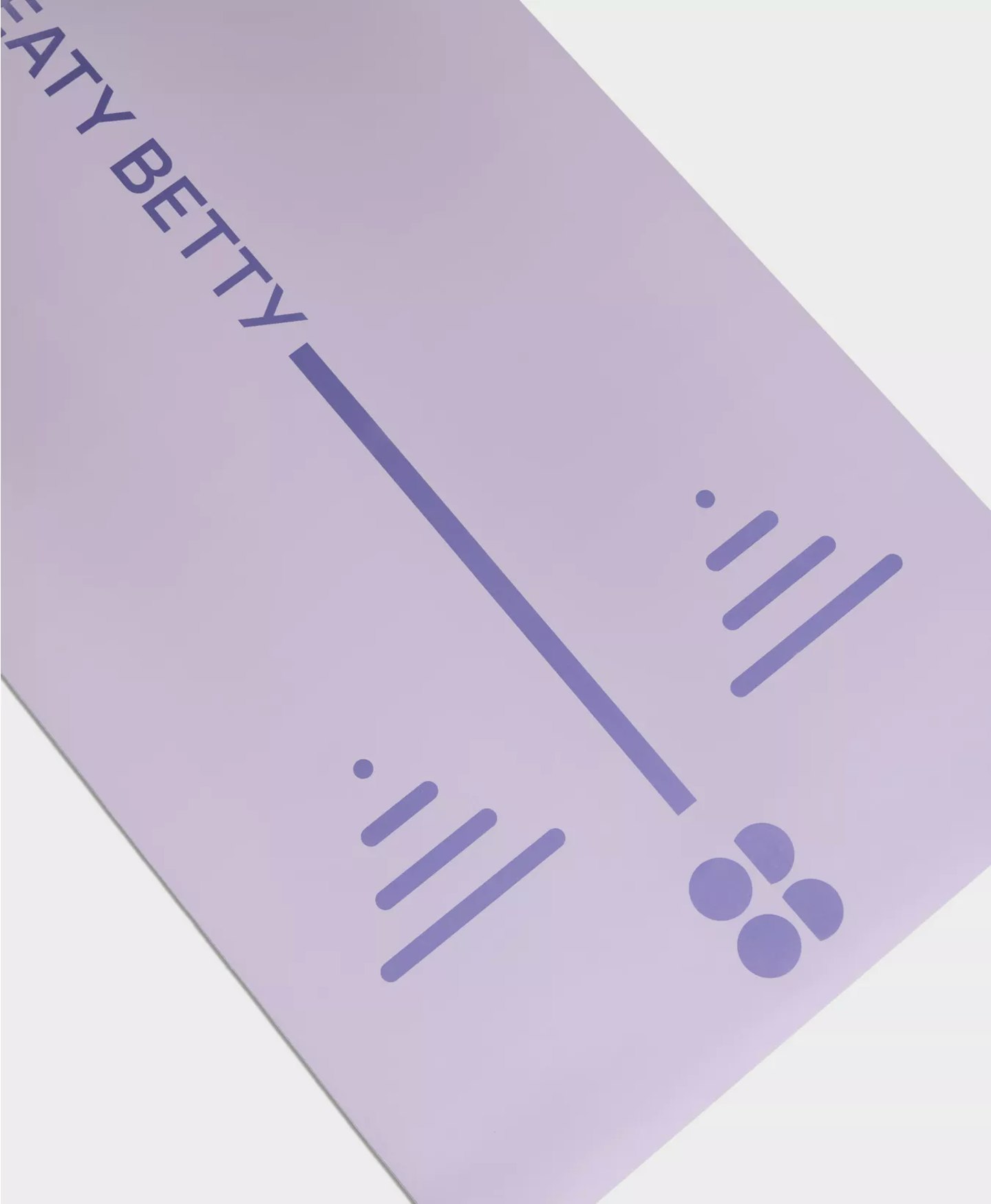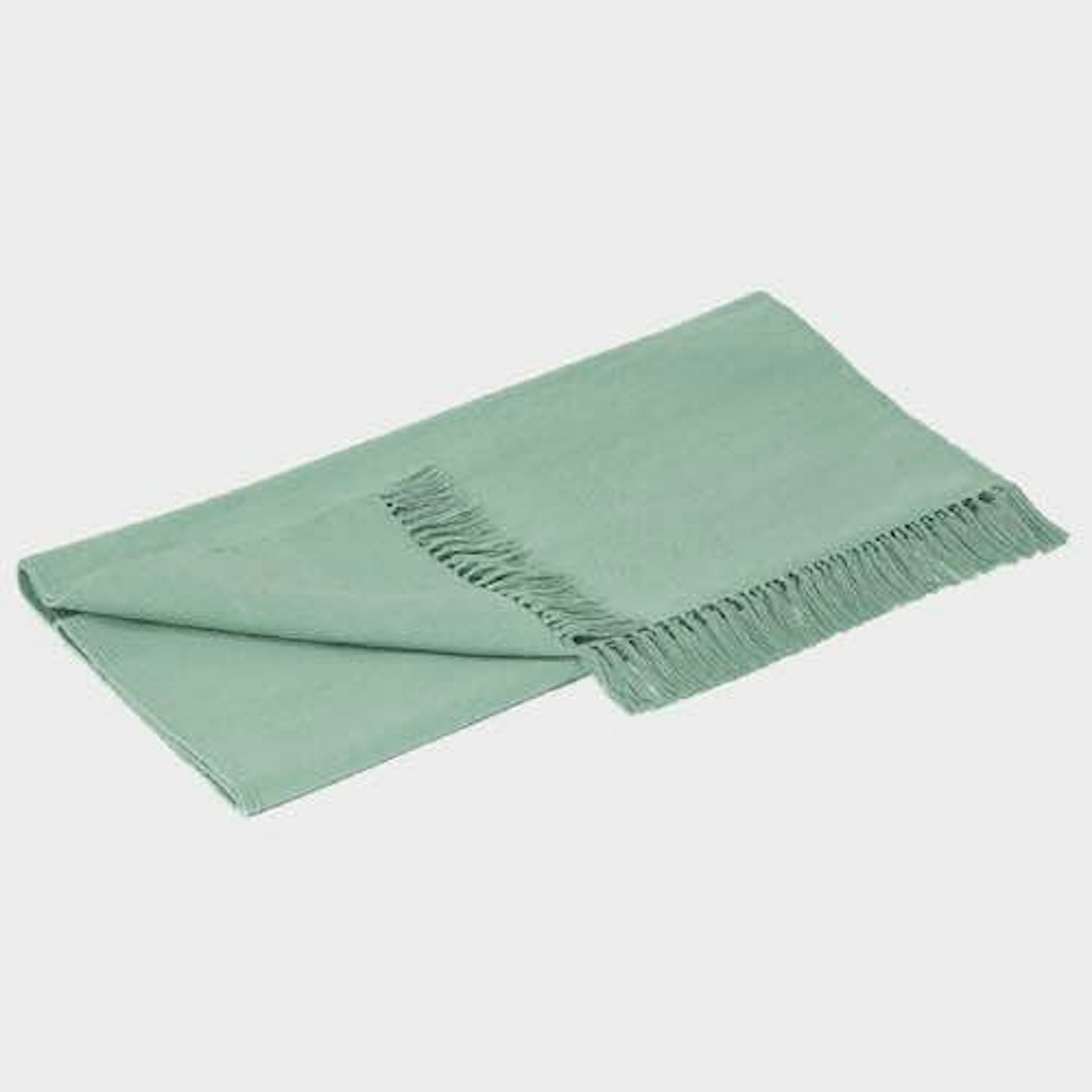Consider yourself a yogi? Does your idea of a good workout include the best yoga routine for over 50? Or are you a complete beginner to yoga? Whatever your level of expertise is, investing in certain basic essentials like the best gym leggings or the best gym trainers will keep you comfortable and confident throughout your workout sessions. But when it comes to yoga mats, did you know that while PVC yoga mats are often cheap to buy, they’re not so great for the environment? And that’s why we recommend upgrading to the best eco yoga mats that will suit your requirements.
The most commonly available PVC yoga mats typically take hundreds of years to decompose and release toxic chemicals when incinerated. Thankfully, there are now a variety of ethical alternatives that are just as pretty and effective while also being sustainable. After all, it’s just as important to be kind to our bodies as it is to the environment.
Best eco yoga mats at a glance
However, if you already own a non-eco yoga mat, rather than tossing it out, we suggest finding another use for it or simply waiting until it's too worn to use anymore. Could it make a nice resting place for your pet? Or what about using it as insulation?
As an essential for long yoga sessions as well as quick yoga stretches after a run, it is important to get your hands on a good yoga mat that is reliable, comfortable and sustainable.
What is an eco-yoga mat?
Eco friendly yoga mats are usually made with natural materials that are sustainably sourced and also come in recyclable packaging. There are lots of different types of eco yoga mats made from a variety of sustainable materials such as eco-friendly foam, natural rubber, cork, jute, and cloth.
We caught up with Fi Clark, Head of Yoga at FLY LDN to understand how to find the best eco yoga mat that suits your requirements.
“In addition to being sustainable and ethical, eco yoga mats also tend to be antibacterial and contain far fewer synthetic toxins than non-eco competitors,” Fi says.
What should I look for in an eco-friendly yoga mat?
"Resilience, high-quality materials, good grip, thickness, support, texture and durability are a few things you need to look out for. It needs to be grippy enough to ensure your hands and feet won't slide or slip in dynamic practices but it's also not too thick for standing balances," explains Fi.
“If you practice somewhere regularly where you can't store your mat, I would recommend a good quality travel mat that you can lay over a regular studio mat,” Fi adds.
To help you make the best choice, we've rounded up the best eco yoga mats on the market right now, along with their key features, pros and cons as well as customer reviews.
Best sustainable yoga mats
best luxury eco yoga mat
 Amazon
Amazon At the higher end of the price spectrum, Liforme's mats have been specially designed using eco-polyurethane (an eco-friendly foam) making them fully biodegradable and able to decompose within one to five years in landfill. To avoid the use of toxic inks, the clever design features etching, and the layers have been stuck together using a special heat-bonding process as a substitution for glue. Making it even better, the mats also offer great grip, are fully recyclable and are delivered to your door without unnecessary plastic packaging. If you're seeking an all-round sustainable yoga mat to invest in, this one ticks the boxes.
Pros
- Comes with free yoga bag
- Nice and long
- Extra grippy
Cons
- High price point though worth the investment if you're serious about yoga.
Best eco yoga mat for home
 Sweaty Betty
Sweaty Bettywww.sweatybetty.com
The balance yoga mat from Sweaty Betty is latex free and has a different pattern on each side for different grip levels - a nice added touch that a lot of mats don't offer. It's fairly thin, but it should be fine if you are using it on top of a carpet. However it might not be so comfy on a hard wooden floor.
It's also heavy so do bear this in mind if you want one to carry to a class, but for use at home - this is a great choice as the weight keeps the mat planted to the floors and makes sure it does not move around.
Pros
- 2 different patterns for different grip levels
- Good length
- Offers good grip
Cons
- Heavy but thinner side
Best non slip eco yoga mat
 Amazon
AmazonThis cork yoga mat has a beautiful pattern on it and is super non-slip. It comes with a free bag, making it easy to roll up and take with you wherever you're going. We love the cork matting, as it actually grips even better when wet, so if you drip sweat or spill a bit of water it won't matter. This makes it a great choice for any kind of hot yoga practice, Pilates, even HIIT or Crossfit exercises!
Pros
- Cork offers extra grip when wet
- Comes with free bag for easy transportation
- Great value
Cons
- Some buyers felt it was thin
Best biodegradable yoga mat
 Yoga studio
Yoga studio www.yogastudiostore.com
An organic cotton yoga mat is a great sustainable choice and also extra handy as it's machine washable. They're particularly popular with beach yoga, where the soft sand already offers some level of cushioning. Being cotton they fold super small so are good to travel with, too. This one comes in a range of colours and is great value for money too.
Pros
- Soft organic cotton
- Machine washable
- Good for beach yoga
Cons
- Tassled fringe can get in the way
Do different exercises need different types of mats?
"Practices such as Vinyasa Flow, Rocket, and Ashtanga yoga that are pre-dominantly standing and of a dynamic nature where you need to stay stable when holding a posture or transitioning into another will need a medium thickness of mat that has a good grip. The most popular are rubber topped mats as they are non-slip. More mat-based practices such as Pilates, Hatha, and YIN need less grip but more padding as you will be either seated or lying down for the majority (if not all) of the class," Fi explains.
If you're looking to get started with any of these practices, you could try one of [the best yoga apps for beginners]{href='https://www.yours.co.uk/wellbeing/fitness/best-yoga-app-for-beginners/' target='_blank' rel='noreferrer noopener'} to help you along.
What thickness is best for a yoga mat?
According to DIYogi, "Pick a mat that's too thin and you may experience a lot of discomfort in your knees, wrists, and ankles when you hold poses for a long time. At the other end of the spectrum, one that is just too thick for you can slow down your movement and keep you from feeling 100 per cent supported – you’ll just hopelessly sink into it."
The thickness you should go for is completely down to you as an individual. If your joints need more support, a thicker mat is naturally going to provide that support compared to a thin one. A thin yoga mat is ideal if you like to travel with a yoga mat as it's much lighter to take with you. We'd recommend using a thinner yoga mat on top of carpet while you practice.
Should I go for an eco yoga mat with a textured or smooth surface?
The surface texture is completely personal, if the mat is of good quality then the pattern or texture should not make too much difference to the performance. Some people like to use mats such as YogiBare and Liforme as they have markings on the mats that help with alignment with some postures, but it has little effect on the practice or the grip.
Gabrielle is a features writer on Yours, responsible for the tech and travel content in the magazine. She has also written nostalgia pieces for Yours Retro and beauty articles for Heatworld. When not busy writing and reading, you’ll find her listening to podcasts, watching travel vlogs, tucking into food at her favourite restaurant - Dishoom and spending time with her two guinea pigs, Primrose and Nancy.




